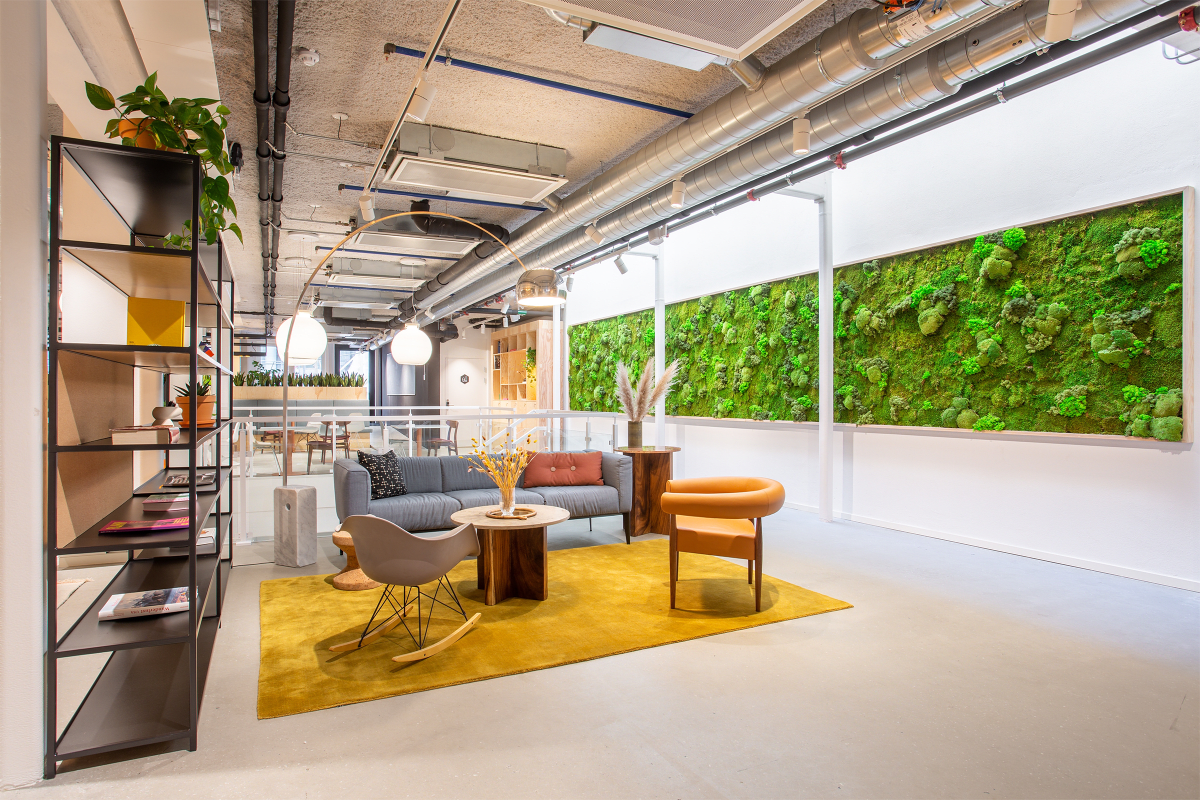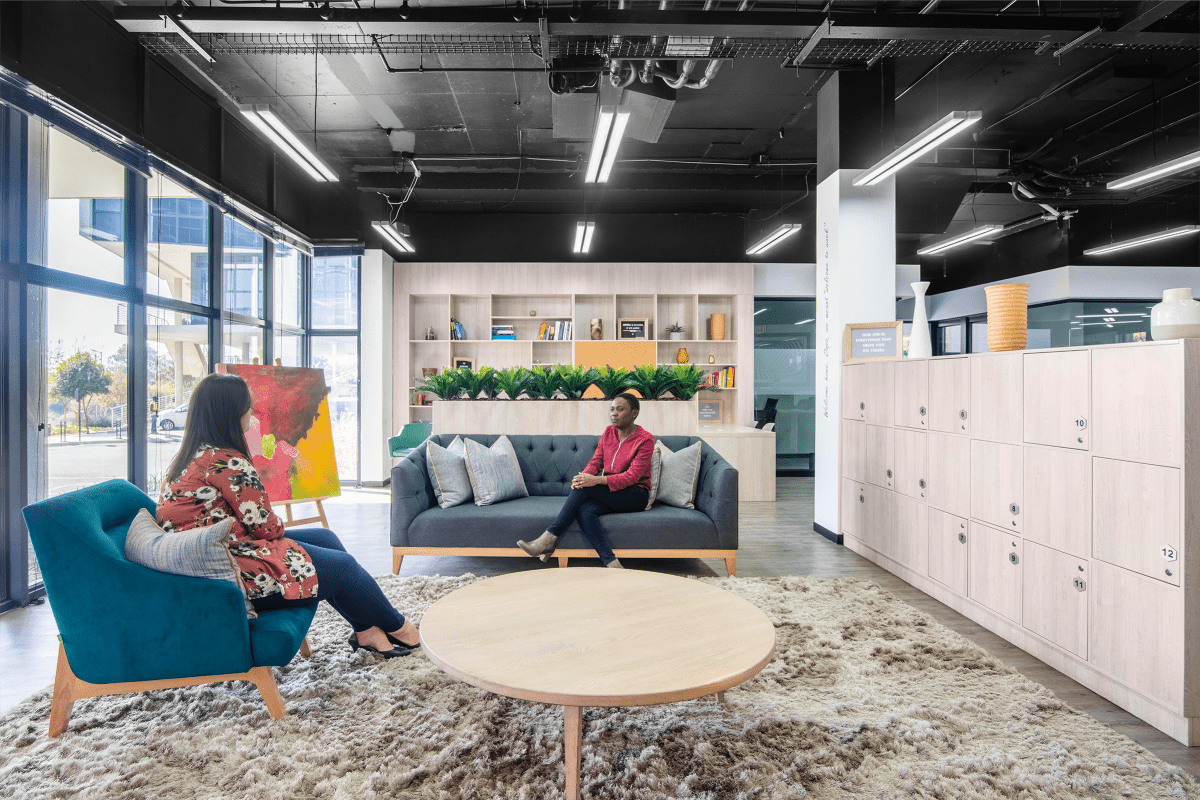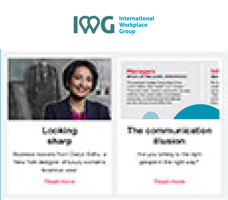The rise of hybrid working has placed more emphasis on collaboration than ever before. But what kind of space best facilitates this, and how can brokers ensure they’re offering what clients want?
As a broker, knowing what clients are looking for in their preferred workspace is absolutely essential. This is something that evolves over time, but one thing is constant: a location that facilitates effective collaboration is going to be high on the wishlist for any hybrid company.
In-person collaboration is key to success in today’s workplace. As this report by McKinsey makes clear, “Collaboration increases the potential value-add and insights you can gain to solve challenging problems in any situation.” This has always been the case, but it’s been highlighted all the more by the advent of hybrid working.
Our adoption of digital collaboration tools, accelerated by global lockdowns, has made it much easier for staff to work and communicate from anywhere. But in terms of physical spaces, brokers have an important role to play in facilitating areas that allow companies to give their employees a productive workplace experience. Quality in-person collaboration has a vital role to play in the new world of work, so our physical spaces must evolve just as our technology does.
Human contact as important as ever
One thing to remember is that digital tools cannot replace everything. For many employees, there are technical challenges associated with remote working, and these make virtual collaboration difficult. Issues such as poor cybersecurity, slow WiFi and not having access to the right tools all put constraints on those working away from the office or flexspace.
But technology is only one element of the remote working experience. Distractions, mental health and communication can also impact how individuals collaborate with one another, which makes the option of ‘IRL’ collaboration a vital alternative. Businesses need physical spaces to supplement their digital infrastructure and it’s up to brokers to facilitate this.
The ideal collaborative space
So what are clients looking for in a collaborative space? And as a broker, how do you go about finding one?
Mark Dixon, IWG CEO, says: “It’s important to design spaces that are inviting and flexible, where people can work together and be creative. Hybrid working means that when colleagues do come together it is for collaboration, so they need more spaces for meeting and working with one another.”
IWG flexspaces are expressly designed to be perfect for collaboration, encouraging people to feel comfortable with participating and ensuring they can do so without the problems associated with working from home. They’re distraction-free spaces where workers are guaranteed the fastest internet connection and the latest video conferencing software to keep online meetings flowing smoothly, for example.
But there’s more to it than tech; the arrangement of the space is just as important. As this IWG article, which discusses the JLL Future of Work 2022 survey, says: “The workplaces of the future place greater emphasis on collaboration, with dedicated desk spaces soon to become a thing of the past in favour of open working environments for 73% of those questioned.”
Data can also be put to good use in designing and refining the perfect collaborative workplace. As this Forbes article discusses, businesses can measure particular productivity metrics to gauge how well they’re doing with collaboration, such as office utilisation and the booking of on-site meeting rooms. They can also look at their employee retention rate to see how well workers are engaging, as well as soliciting qualitative data in the form of employee feedback.
Of course, as with everything, balance is key. That’s why models like hub and spoke continue to grow in popularity, with companies able to provide multiple working environments for their employees. By having more than one location on offer, offices are inevitably brought closer to employees’ homes, making it easier for them to collaborate.
Mark Dixon predicts that, “in the coming two or three years, up to two-thirds of organisations will adopt this model of having staff work from a central HQ some of the time, but remotely for the remainder, with the option of using local, flexible workspaces closer to home.” This enables the crucial mix of working alone and working together required for your clients to get the most from their hybrid teams.
Discover how an IWG partnership can make it easier for you to find the perfect collaborative workspace solution for your clients.






